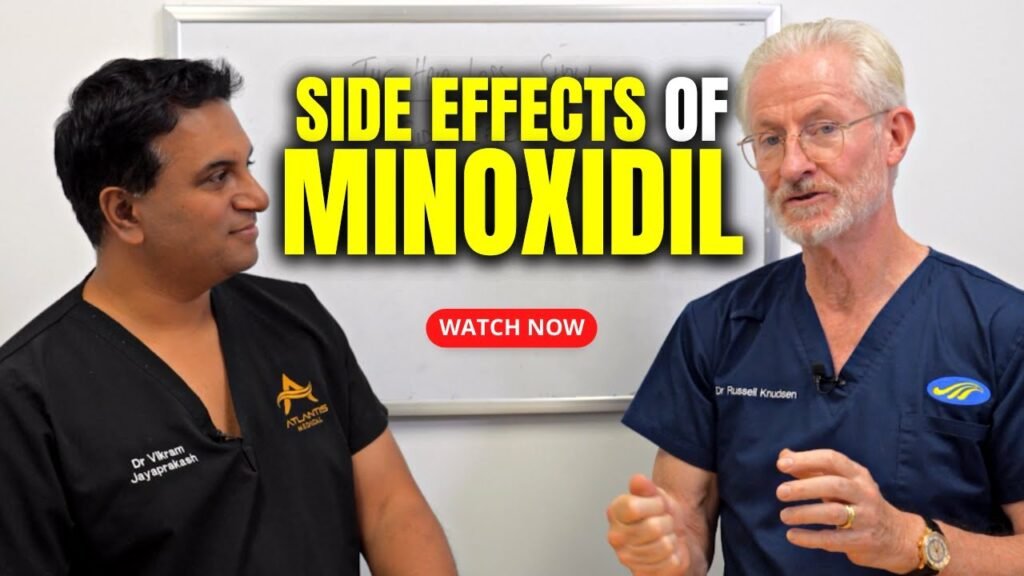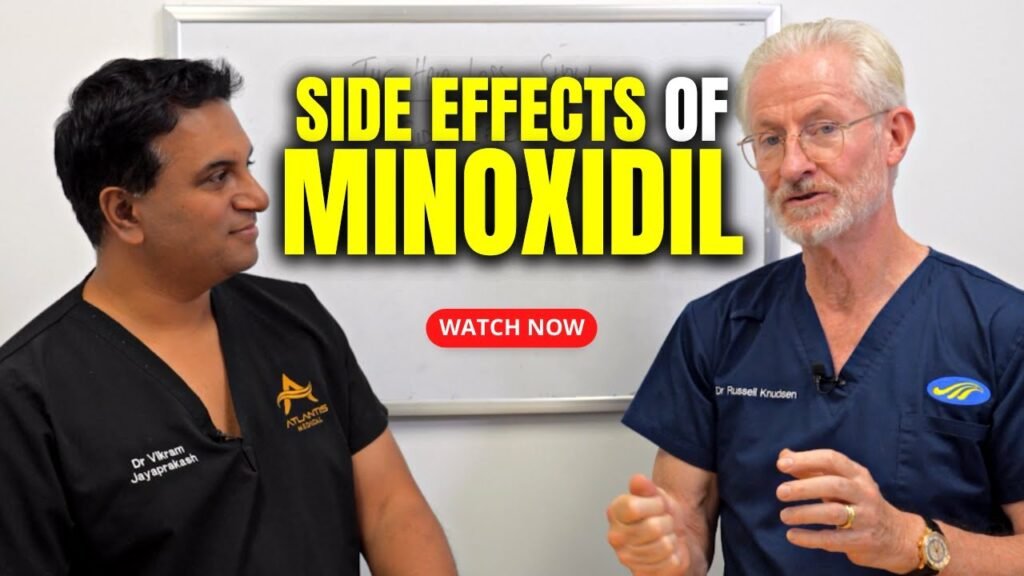Understanding Minoxidil: What Is It Used For?
Minoxidil is a topical medication primarily used to treat hair loss. Originally developed as an oral medication for high blood pressure, it was discovered to have the interesting side effect of promoting hair growth, leading to its adaptation for treating conditions like androgenetic alopecia. Androgenetic alopecia, commonly known as male or female pattern baldness, is a genetic condition that causes hair thinning and baldness over time. Minoxidil is FDA-approved for this use and is available in various strengths to cater to different levels of hair loss.
How Minoxidil Works
Minoxidil functions by stimulating hair follicles and increasing blood flow to the scalp, which can help to revitalize shrunken hair follicles and extend the growth phase of the hair cycle. This process, known as vasodilation, widens the blood vessels, allowing more oxygen, blood, and nutrients to reach the hair follicles. As a result, users often experience a noticeable increase in hair density and thickness after consistent use over several months.
Other Uses of Minoxidil
While primarily known for treating androgenetic alopecia, Minoxidil has also been explored for other types of hair loss. These include alopecia areata, a condition characterized by sudden, patchy hair loss, and telogen effluvium, which is a temporary shedding of hair usually triggered by stress or hormonal changes. However, the effectiveness of Minoxidil for these conditions can vary, and its crucial to consult with a healthcare provider to determine the best treatment plan based on individual needs.
Can Minoxidil Cause Rashes? Exploring the Side Effects
Minoxidil is a popular topical treatment widely used to promote hair growth and combat hair loss. While it is generally considered safe for most users, there are instances where side effects can occur, including skin reactions such as rashes. Understanding these potential side effects is crucial for users to make informed decisions about their hair care regimen.
Understanding Skin Reactions to Minoxidil
One of the more common side effects of minoxidil is skin irritation, which can manifest as a rash. This reaction is often attributed to the alcohol or propylene glycol components found in the solution, which can cause dryness and irritation in some users. Individuals with sensitive skin or allergies may be more prone to developing these reactions. Symptoms can include redness, itching, and inflammation in the area where the product is applied. Its essential to monitor the skin closely when starting minoxidil and consult a healthcare professional if any adverse reactions occur.
Preventive Measures and Alternatives
To minimize the risk of developing a rash from minoxidil, users can take several preventive measures. Opting for a foam formulation, which typically contains fewer irritants compared to the liquid version, may help reduce skin reactions. Additionally, conducting a patch test before applying the product extensively can help identify potential allergic responses. For those who experience persistent rashes, discontinuing use and seeking alternative hair loss treatments might be necessary. Consulting with a dermatologist can provide guidance on suitable options tailored to individual skin types and sensitivities.
Identifying Common Symptoms of Minoxidil-Induced Rashes
Minoxidil, a popular treatment for hair loss, is generally well-tolerated, but some users may experience skin reactions. Identifying common symptoms of minoxidil-induced rashes is crucial for timely management and to prevent further complications. One of the most prevalent symptoms is redness on the area of application. This can range from mild flushing to more intense erythema, often accompanied by a sensation of warmth or irritation.
Itching and Swelling
Another common symptom associated with minoxidil-induced rashes is itching. This may occur shortly after application and can vary in intensity from mild to severe. In some cases, users may also experience swelling or puffiness in the treated area. Swelling may be localized to the site of application but can occasionally extend beyond it, leading to discomfort and prompting the need for medical advice.
Peeling and Dryness
In addition to redness and itching, some individuals may notice peeling or excessive dryness of the skin. This can manifest as flaking or scaling, which might be mistaken for dandruff if the scalp is affected. Dryness can exacerbate itching, creating a cycle of irritation that can be difficult to break. It is important to recognize these symptoms early and consider adjusting the frequency or concentration of minoxidil used, under the guidance of a healthcare professional.
How to Treat and Manage Rashes Caused by Minoxidil
Minoxidil is a popular topical treatment for hair loss, but some users may experience skin irritation, including rashes. Identifying the rash is the first step in managing it effectively. Typically, a rash caused by minoxidil appears as redness, itching, or small bumps on the area where the product is applied. If you notice these symptoms, its crucial to take immediate action to prevent further irritation.
Immediate Steps for Relief
To alleviate discomfort, start by gently washing the affected area with mild soap and lukewarm water to remove any residual minoxidil. Avoid using hot water, as it can exacerbate irritation. Pat the skin dry with a soft towel, ensuring not to rub the area. Applying a fragrance-free moisturizer can help soothe the skin and provide a protective barrier. Over-the-counter hydrocortisone cream may also reduce inflammation and itching, but consult a healthcare provider before use to ensure its appropriate for your skin type.
Long-Term Management Strategies
If rashes persist, consider adjusting your minoxidil application routine. Reducing the frequency or amount of application can sometimes mitigate skin reactions. Additionally, switching to a lower concentration of minoxidil may be beneficial for those with sensitive skin. Its also advisable to test the product on a small skin area before full application to monitor any adverse reactions. If symptoms continue despite these adjustments, seek guidance from a dermatologist to explore alternative treatments for hair loss.
When to Seek Medical Advice for Minoxidil Side Effects
Minoxidil is a popular treatment for hair loss, but like any medication, it can have side effects. Understanding when to seek medical advice is crucial to ensure your safety and well-being. Common side effects such as itching, redness, or irritation at the application site are typically mild and may not require medical intervention. However, if these symptoms persist or worsen over time, it is advisable to consult a healthcare professional. Persistent skin irritation could indicate an allergic reaction or sensitivity to the product.
More serious side effects, although rare, require immediate medical attention. These include symptoms such as dizziness, rapid heartbeat, swelling of hands or feet, or difficulty breathing. Such reactions could signify a more severe allergic response or cardiovascular issues, which need prompt evaluation by a healthcare provider. If you experience any of these symptoms, it is important to discontinue use and seek medical advice without delay.
In some cases, users may experience unexpected hair growth in areas other than the scalp, such as the face or hands. While this is not inherently dangerous, it can be distressing and warrant a discussion with a medical professional to assess whether continued use of minoxidil is appropriate for you. Additionally, if you notice any significant changes in your health or unexpected side effects, reaching out to a healthcare provider can help determine whether these are related to minoxidil use or another underlying condition.


